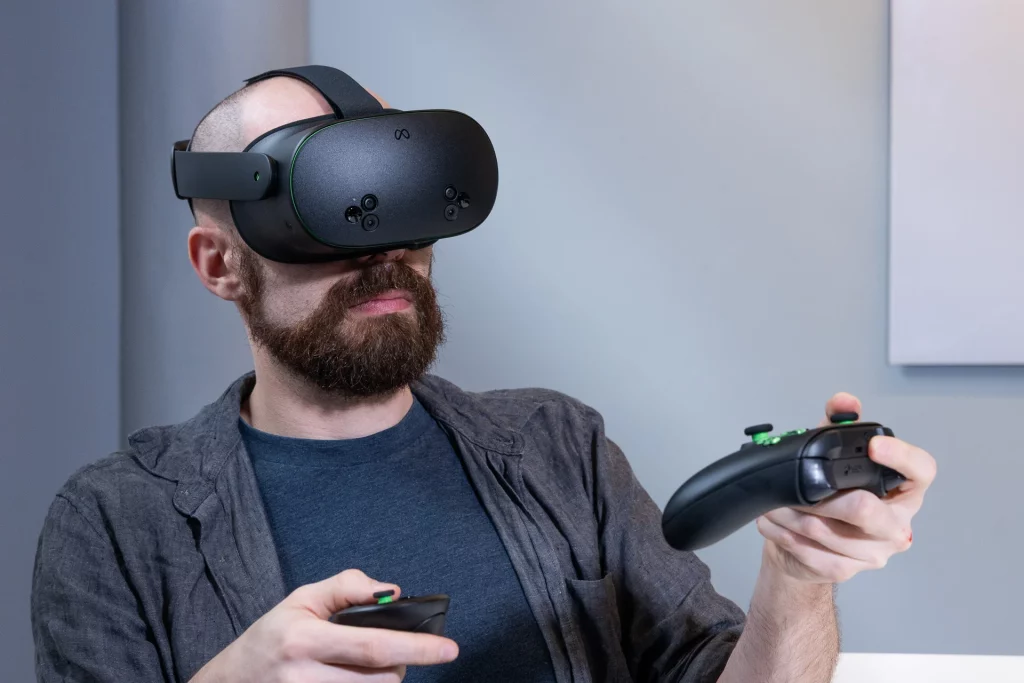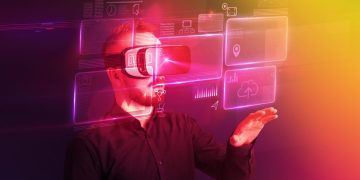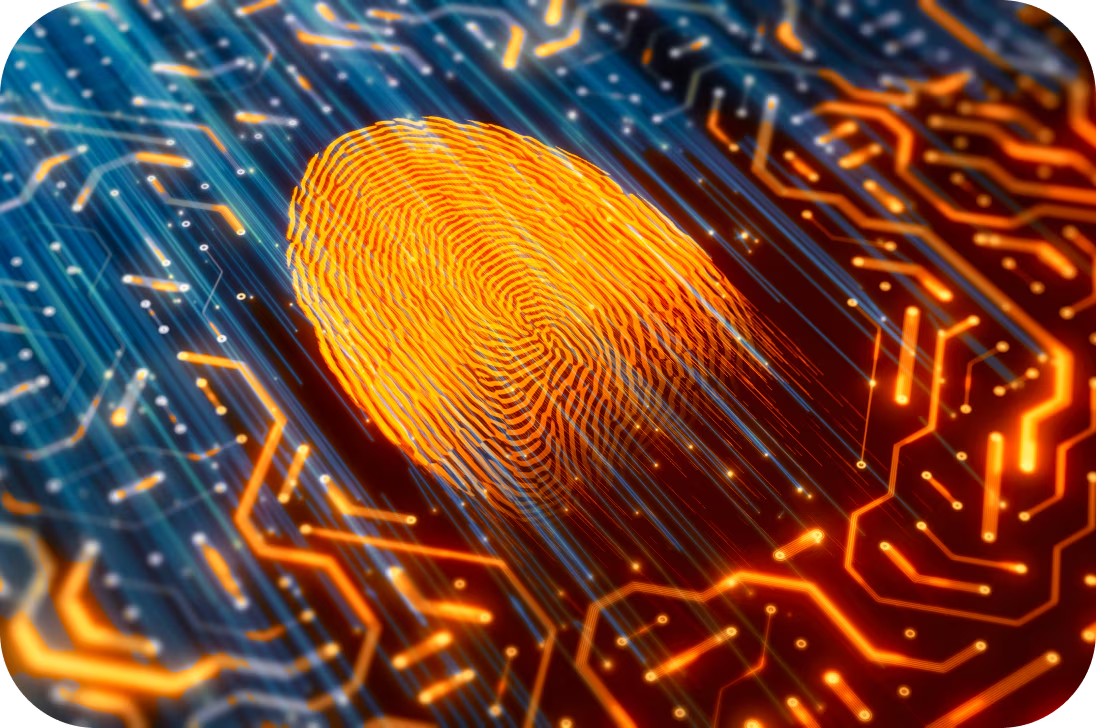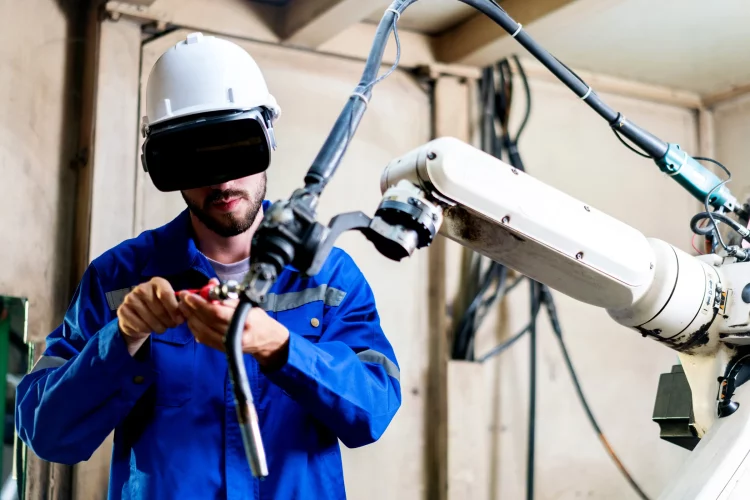Product Reality Check: Testing Neuralink’s Rival in Office Efficiency
The year 2025 has witnessed a technological leap that is making waves across the global workforce: the launch and commercial rollout of a brain-interface headset designed to replace traditional typing. While Neuralink’s early brain-machine interface developments made headlines years ago, the newest competitor—NeuraText, developed by a Silicon Valley startup—has quickly captured attention for promising a hands-free, seamless communication experience. Unlike Neuralink’s invasive implants, NeuraText offers a non-invasive, wearable headset that translates neural signals directly into text and commands, offering a bold alternative to keyboards and touchscreens.
In recent months, several independent labs and corporate innovation hubs have put NeuraText through rigorous office efficiency trials. Users were tasked with composing emails, coding, and editing documents solely using the headset. Early results revealed an average text input speed of around 90 words per minute—surpassing average typing speeds on a keyboard—and error rates that decreased with user adaptation. The technology harnesses advanced signal processing and machine learning models that decode electrical patterns in the motor cortex and language centers of the brain, converting thoughts into digital text with growing precision.
Beyond raw speed, the headset’s integration with common productivity tools was smooth, allowing voice commands, app navigation, and even spreadsheet data entry without lifting a finger. For multitasking professionals, the ability to dictate while simultaneously reviewing content without manual input has revolutionized workflow dynamics. Beta testers from Fortune 500 companies reported a significant reduction in physical fatigue and improved focus, noting the headset’s lightweight design and wireless connectivity as major usability advantages.
However, some users reported a notable learning curve, with initial mental effort described as intense. Mastery required consistent daily use over several weeks, and the technology was most effective in quiet, distraction-free environments. Despite these caveats, many hailed NeuraText as a genuine breakthrough, a glimpse into a future where keyboards might become relics of a bygone era.
Health Concerns: Rising Cases of Migraines Linked to Prolonged Use
While the promise of brain-interface headsets is enticing, emerging health concerns are casting shadows on their widespread adoption. Since NeuraText’s release, neurology clinics and occupational health centers have documented a troubling increase in patients reporting severe headaches, specifically migraines, linked to extended headset use.
Medical professionals theorize that the headset’s sensors, which emit low-intensity electrical signals to interpret brain activity, may inadvertently cause neural overstimulation or disrupt normal cortical rhythms after prolonged exposure. Several users who engaged in 6 to 8 hours of continuous headset use during intense workdays experienced chronic headaches, sometimes accompanied by dizziness and eye strain. In a few cases, symptoms escalated to debilitating migraines that required medical intervention.
Researchers have launched studies to understand the causal mechanisms more thoroughly. Preliminary findings suggest that individual variability in neural sensitivity plays a critical role. Users with pre-existing migraine conditions or neurological disorders appear more susceptible. Moreover, the mental exertion involved in consciously focusing thoughts to optimize the headset’s recognition may exacerbate neural fatigue.
Tech companies behind brain-interface devices have responded by recommending stringent usage guidelines. These include mandatory breaks every hour, calibration sessions to minimize signal noise, and adaptive software that modulates sensor activity based on user feedback. Yet, the fine line between productivity gains and health risks remains a challenge.
Occupational health experts warn companies considering large-scale NeuraText deployments to implement robust monitoring systems and provide alternative input options. The headset’s transformative potential comes with a responsibility to safeguard worker well-being, avoiding a scenario where technology-induced ailments undermine its benefits.
Market Shakeup: Logitech Cuts 30% Workforce, Shifts to Brain-Computer Accessories
The rapid rise of brain-interface headsets has triggered seismic shifts in the computer peripherals market. Logitech, a global leader in keyboards, mice, and other input devices, announced in early 2025 a restructuring plan resulting in a 30% workforce reduction in its traditional hardware division. The decision reflects mounting pressure from declining keyboard and mouse sales as consumers and enterprises increasingly explore alternative input technologies.
Logitech’s pivot centers on developing and marketing brain-computer interface (BCI) accessories compatible with major headset platforms like NeuraText. The company is investing heavily in ergonomic headsets, sensor enhancements, and software ecosystems designed to complement and extend the capabilities of brain-interface devices. Partnerships with AI firms are underway to refine signal decoding and integrate adaptive user interfaces that personalize BCI experiences.
Industry analysts view Logitech’s move as a necessary evolution rather than a failure. The peripherals market is undergoing a fundamental transformation, with conventional input devices gradually ceding ground to hybrid, neural, and gesture-based interfaces. Logitech’s established brand and R&D capabilities position it well to lead the emerging brain-computer accessory niche.

Other traditional hardware manufacturers are following suit, launching dedicated BCI divisions or acquiring startups specializing in neurotechnology. The competitive landscape is heating up, with innovation cycles accelerating as companies race to deliver seamless, affordable, and safe brain-interface solutions.
Consumers, meanwhile, are faced with a broader ecosystem of input devices—ranging from legacy keyboards to cutting-edge neural headsets—offering diverse options but also requiring adaptation and education. The future of human-computer interaction is clearly shifting, and Logitech’s restructuring signals the dawning of a new era.
Balancing Innovation with Practicality and Safety
The story of 2025’s brain-interface headsets is one of technological triumph interwoven with cautionary notes. The vision of typing effortlessly with one’s mind is no longer confined to science fiction. Real-world trials affirm that brain-to-text translation can boost office productivity and redefine digital communication.
Yet, the health implications and ergonomic challenges underscore the importance of measured adoption. Users and employers must weigh efficiency gains against neurological risks, embracing a culture of responsible usage. Regulatory bodies may soon establish standards and certifications to ensure the safety and efficacy of brain-interface devices, just as they do for other electronic health technologies.
The market upheaval exemplified by Logitech’s strategic pivot reflects broader shifts in how humans interact with technology. The keyboard, an icon of modern computing for over a century, may soon join typewriters and rotary phones as artifacts of a previous era. Brain-interface headsets, combined with AI-powered signal interpretation, promise a future where thoughts flow seamlessly into digital commands.
However, this transformation is gradual, with keyboards unlikely to vanish overnight. Instead, hybrid models integrating traditional and neural inputs will dominate workplaces for the foreseeable future. Innovation must be coupled with education, health monitoring, and iterative design improvements to create inclusive technology ecosystems.
Ultimately, 2025’s brain-interface headset phenomenon marks the start of a new chapter in human-computer interaction. It challenges us to rethink productivity, accessibility, and wellbeing in a hyper-connected digital world. Whether keyboards become obsolete will depend not only on technology’s capabilities but on how wisely society navigates the risks and rewards of this neural revolution.


















































Discussion about this post